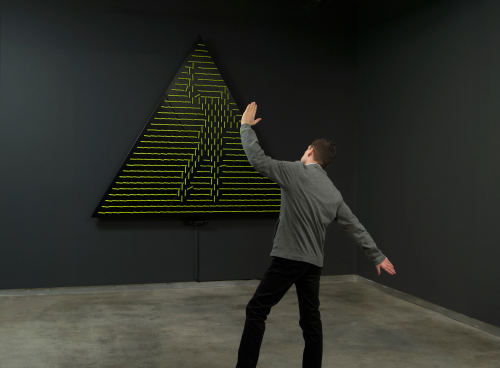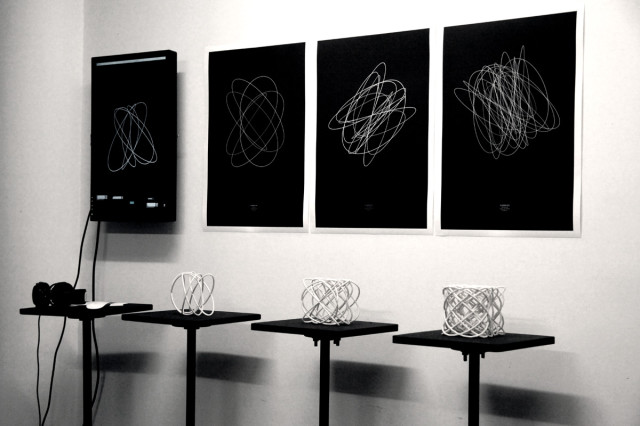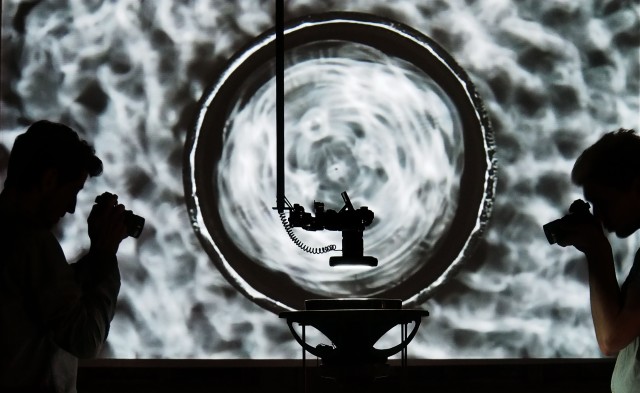Principles and practices, project management
interface and application programming
mechanical design, machine design
Applications and Implications
Before starting this course my view about the Digital Fabrication was too narrow. I imagined that only by knowing how a few subtractive and additive techniques works were enough information to deal with Digital Fabrication, I thought about the machines isolated and could not imagine how they work in an interconnected way. Since this course began and passing through the assignments I have done, made me spread the limited panorama I used to have about Digital Fabrication and let me get more familiarized with several new techniques.
In the Visual Arts area and specifically in the doctoral thesis that I´m currently working on, I try to analyze digital media artworks in which the authors made use of the Digital Fabrication technology as a creative medium in order to develop their pieces. Amongst the artworks I studied the ones that called more my attention were the ones that transcend the physicality of the automated manufacturing as a medium to go beyond with up to date language that interconnect the realms of digital and physical. There are projects that besides the physical precision of the material rely in the use of sensors and transmitters.
To sum up, being a visual arts researcher in the area of digital media, it really interest me to understand the specificities of the translation between the digital and the physical, the analogue and the digital applied in the artworks. I selected a number of artworks that inspired me in the process of finding a theme for my final project:
Robotic “Mirrors”

This sculpture by Daniel Rozin mimics the movement of the interactor mirroring their movements by changing its moving parts in specific directions. This interactive sculpture have mechanical parts that respond to the movements in real time recognized by a sensor.
For me, it was an interesting experience to work with Kinect in the previous assignments and I would like to explore it as an interactive tool. It would be interesting to try something similar creating a mechanical interface that would respond in real time to my movements.
The Harmonic Series

It is a device, created by Manuela Donoso and Luisa Pereira, that translates sound frequency into a digital image that will be printed through additive technique of digital prototyping. This project was inspired by the mathematician Jules Lissajous that invented a device to visualize sound vibrations. This re-creation, using recent tools, allow people to “sing different musical intervals, and contrast the resulting figures with the more chaotic ones generated by percussive sounds”.
This project inspired me to think about a project in which I could visualize sound through digital fabricated sculptures. In order to achieve this I would need to capture the sound frequency with the help of a sensor and create a graphic interface to visualize the result in the digital and later obtain the physical using digital fabrication technologies.
Sonic Water

Created by Sven Meyer and Kim Pörksen, this installation explores sound in visual form. The participants “interact with a small container of water positioned inside the speaker”. The camera positioned in the top of the container “provides instant feedback as projection”. The sound that normally could not be seen is now presenting itself when in contact with water.
The interesting thing here is the way how to re-read an abstract information into something recognizable and that allow to see its different variations. I like the idea of working with sound and trying to translate it into something touchable.
During this week I will decide in which way I want to proceed whether working with sound and translation or working with interaction